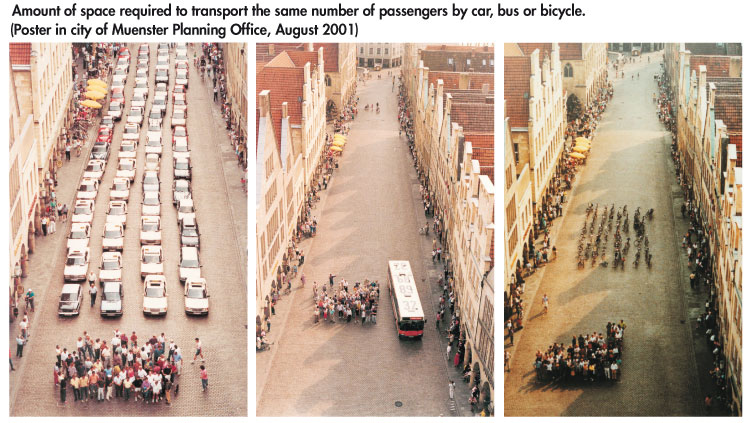Please consider the graphic above as you consider voting for Measure J. You can read the LA Times endorsement here, which said that "extending the tax increase approved by voters in 2008 would be a win for transit, the economy and the future of L.A. County." You can also read more about Measure J from Metro below:
October 17, 2012
Measure J
The Presidential debates are raging and election season is in full swing. According to some recent poll of polls, the race between Obama and Romney is a statistical dead heat. As exciting as that is, don't forget about your local issues. One of of the most important and long-lasting is Measure J. According to Metro, Measure J will "extend an existing voter approved half-cent transportation sales tax, until 2069, in order to accelerate the construction of regional traffic relieving highway and transit projects. The measure will also provide 30 additional years of funding for local transportation improvements and operation of regional transit services."
October 15, 2012
Parking Garage Photo Essay
 |
| Cincinnati, Ohio |
From Atlantic Cities: Parking structures "are increasingly seen as opportunities for mixed uses and attractive design as cities become more aware of the bad impression they can leave on the sidewalk and the skyline.
 |
| Malmo, Sweden |
Outside of Miami, most cities are less inclined to see their parking garages as opportunities for starchitect-driven visions, but still see them as opportunities for design." There are some interesting photos from the US and Europe. See the other 13 garages here.
 |
| Utrecht, Netherlands |
October 12, 2012
Carbon Emissions Map for Los Angeles
It's hard to reduce carbon dioxide emissions when you're not sure where they're coming from. This new map from The Hestia Project shows the exact source of carbon dioxide emissions throughout Southern California. Freeways are the most obvious feature, which are clearly present in the ribbons of red that criss-cross the region. The density of the westside and hollywood area is also clearly delineated on the map.
The "Carbon Emissions by Sectors" key is hard to read and major regional polluters, like the Port complex in Long Beach, do not appear on the map as clearly as they routinely do in statistical calculations about regional pollution.
The "Carbon Emissions by Sectors" key is hard to read and major regional polluters, like the Port complex in Long Beach, do not appear on the map as clearly as they routinely do in statistical calculations about regional pollution.
Subscribe to:
Posts (Atom)

